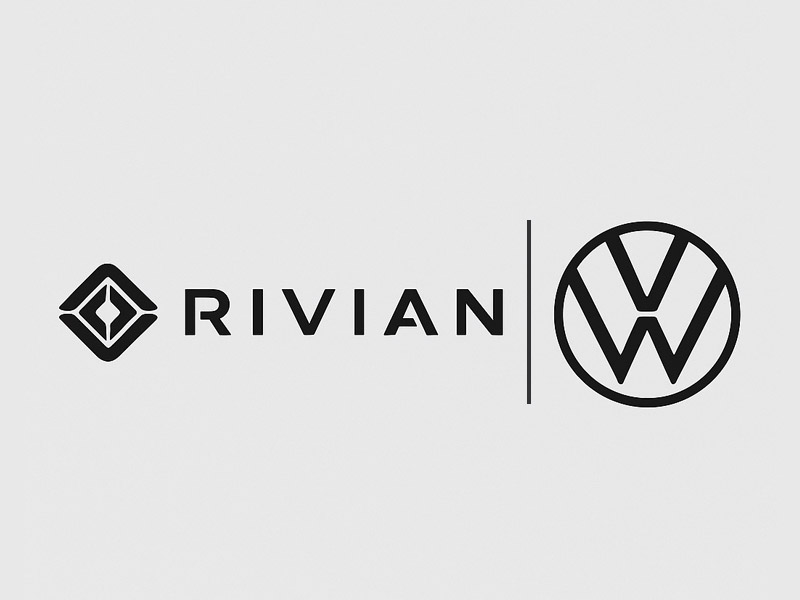Rivian has received a new $1 billion payment from Volkswagen, marking a major step forward in their joint venture aimed at transforming both companies’ positions in the electric vehicle landscape. The funding is part of a broader agreement that could total up to $5.8 billion, with each tranche tied to specific financial and operational milestones.
This latest installment was triggered by Rivian achieving consecutive quarters of positive gross profit—an important benchmark for a young EV manufacturer navigating a competitive and capital-intensive market. It signals improving efficiency and cost control at a time when many electric vehicle startups are struggling to stay afloat.
The partnership with Volkswagen is centered around sharing Rivian’s next-generation EV platform and software architecture. By aligning with Rivian’s flexible and scalable technology, Volkswagen hopes to accelerate its own shift toward software-defined vehicles and regain momentum in the EV sector.
While the investment brings much-needed capital, Rivian’s Q2 vehicle deliveries told a different story. Deliveries dropped 23% year-over-year, down to just over 10,000 units. The decline was attributed to a temporary production pause at Rivian’s Illinois factory, where the company is retooling for its upcoming 2026 models. This short-term dip reflects a broader strategy shift rather than a demand issue, and Rivian is expected to ramp production back up later this year.
For Rivian, the funding will support the launch of its new R2 and R3 models—more affordable and mass-market-friendly vehicles aimed at expanding the company’s customer base. It also ensures that the company can continue investing in innovation without facing immediate financial pressure.
As the joint venture progresses, both companies are betting big on the long-term gains of collaboration: a blend of Rivian’s agility and tech-forward platform with Volkswagen’s manufacturing scale and global reach. If successful, the partnership could reshape the competitive dynamics of the EV market over the next decade.

Leave a Reply